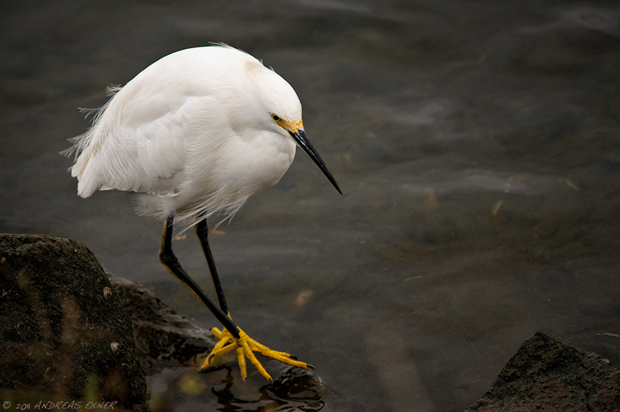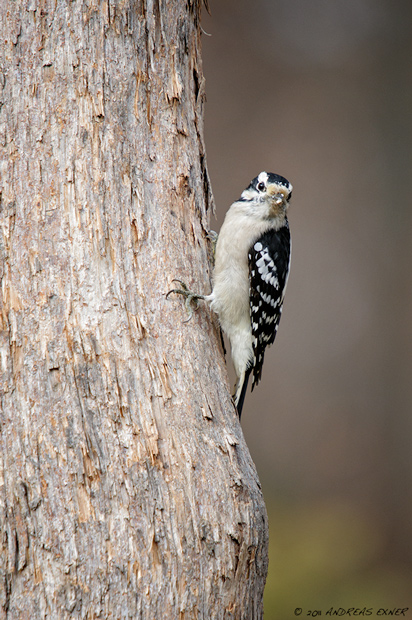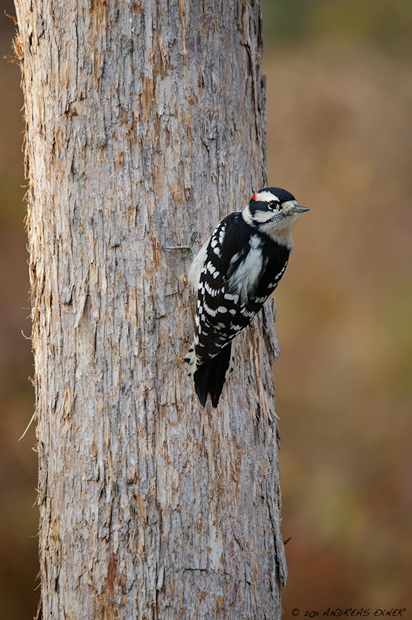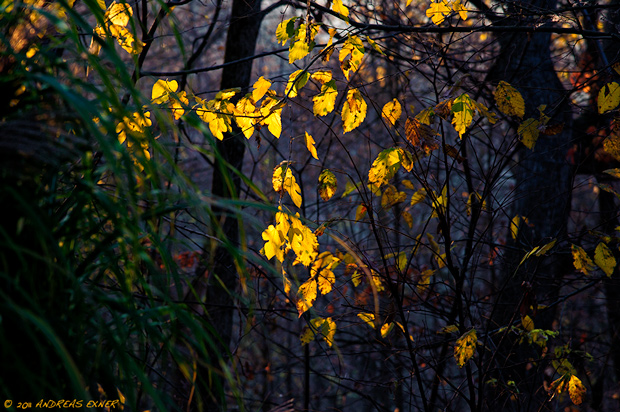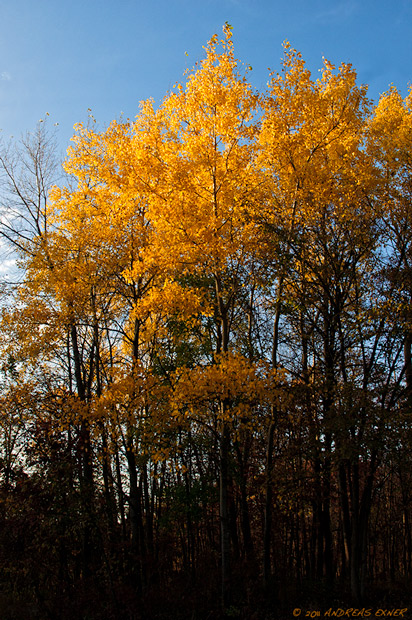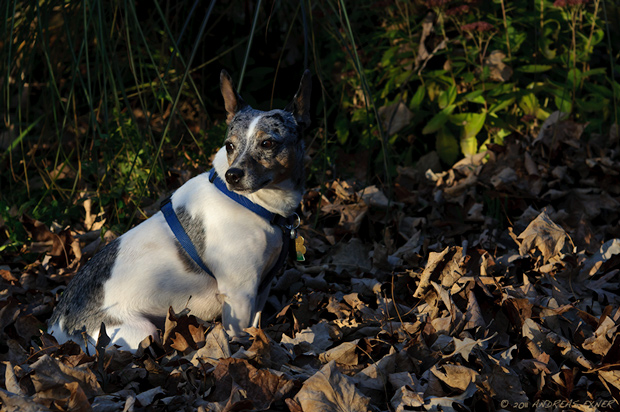It hit me by surprise during my recent visit in the Bolsa Chica Ecological Preserve in Southern California when I saw a loon among the pelicans, cormorants, and grebes. Their breeding grounds are far north in Canada and in some of the northern states in the US. I have seen them in Minnesota and Wisconsin before but never in their winter plumage.
This Common Loon was in fierce competition with some of the other birds about the fishing rights in the laguna. Making a click wasn't as easy as it looks. The loon was under water for most of the time and it was hard to predict where it would show up again. It also preferred the southeast side of the bridge we were standing on, and that means I had to shoot against the low sun in this early morning hour.
None of the fights about the best hunting spots lasted very long. The laguna has an abundance of food and that's why so many birds migrate there for the winter. This Western Grebe had just swallowed a fish and it didn't take long before it went for the next one.





